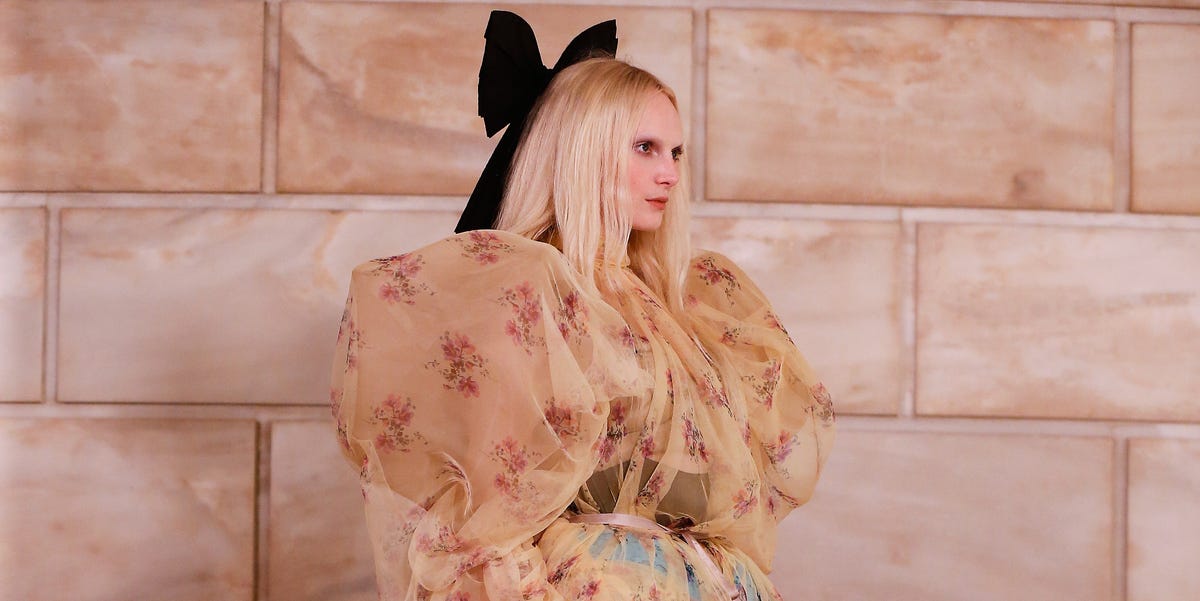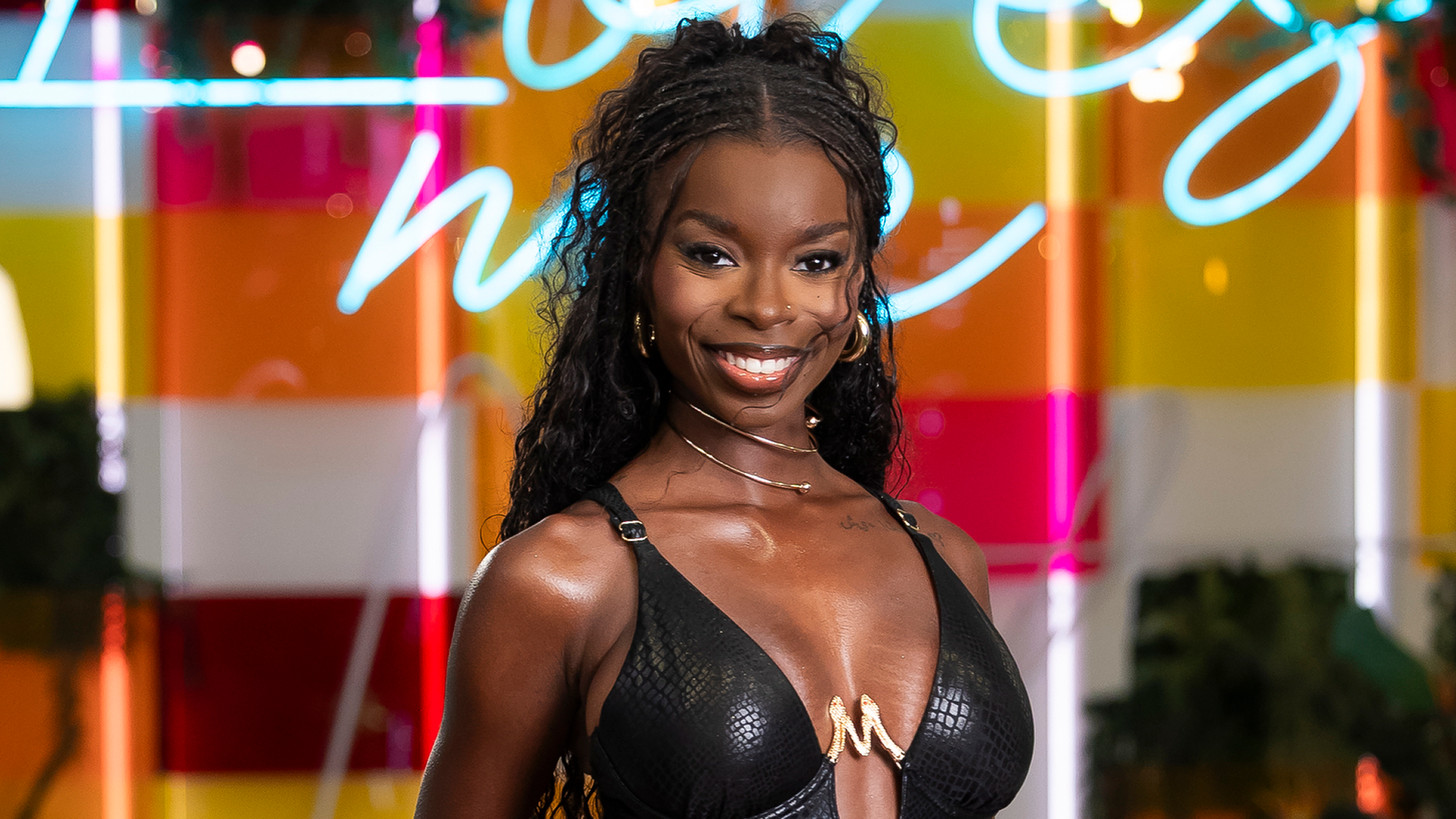Last night, Marc Jacobs returned to the New York Public Library to show his Fall 2025 runway collection. On the Monday sandwiched between Pride’s closing weekend and the 4th of July holiday, the designer staged, once again, a punctual show that lasted all of five minutes. Though it was a quiet summer moment on the calendar, the show packed a lot of punch. Nineteen models wearing 19 looks walked a straight line through the main hallway of the library, accompanied by the soft, melancholy sound of “Song For Jessie” by Nick Cave and Warren Ellis, the title song from the 2007 film The Assassination of Jesse James.
Despite the cinematic reference in this music choice and the fact that Jacobs’s last several collections have felt downright screen-worthy in their proportions and construction, the designer has never made costumes for a film, though he of course has been inspired by them over the years. He really should collaborate on a movie right now, a friend and I said to one another post-show, because Jacobs is at a point in his career where the creations he is showing are spun from pure, uninhibited imagination—the kinds of things that belong in fiction and fantasies (or, as my friend said, a Yorgos Lanthimos movie). He has always done this on some level, but lately it feels much more intentional. Jacobs keeps solidifying his position as our American fashion magician, only instead of a wand, his hands carry long, bedazzled acrylic nails.
The fall collection was titled, simply, “Beauty,” and the show notes provided a straightforward definition: “A quality or combination of qualities that gives pleasure to the mind of senses and is often associated with properties such as harmony of form or color, proportion, and authenticity.” The first look made all the eyes in the room go wide: a pair of voluminous, imposing four-pocket cargo pants and a violet lace bodysuit with giant puffed sleeves. Jacobs styled every look with cartoon-inspired, tipped-toe platforms, similar to last season, that made the models look like they could touch the vaulted marble ceilings overhead. Details like kooky darting on pants and dress skirts, as well as tube-like, blimp-sized peplums and padding, added surreal drama to classic silhouettes. Bows at the backs of dresses and tops were big, and some bustles were even bigger. A look of pastel layered slips was stripped of sweetness by the addition of pillow padding at the hips and a lacy bra that was ten sizes large.
Jacobs’s last two looks were gothic confections—a pair of ruffled, padded, bustled, and bunched gowns fit for a woman whose right brain is Bella Baxter and left brain is Lady Macbeth. These designs, plus the other 17, were commanding and playful, beautiful, but the opposite of prim or precious. Some of these looks will be worn on the red carpets, some bits of it all will be produced for people to buy. But that’s not really the point of these collections anymore. Jacobs’s day-to-day business runs itself at this point. When he calls on editors to watch a fashion show smack in the middle of summer (or whenever else he decides), we come just for that—the show. It’s a celebration of his artistry and depth, his long career that has been built on designing for people who never thought they could wear those kinds of clothes.
It’s also about allowing us, even for five minutes, to forget daily life and dream about something elaborate and extraordinary. There is so much beauty in what Jacobs does, and last night, he gave us another gigantic reason to keep coming back for more.




